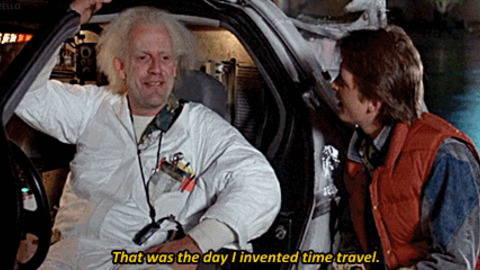How can we control time? Through manipulating significant figures!
I liken significant figures to be the god of time. Let me explain. Time measurements can be in the form of continuous or discrete variables. Let us quickly define these terms:
- Continuous variables: measurements within a range that is composed of infinite possibilities
- Discrete variables: measurements taken from finite number of possibilities.
So time can be continuous in that there are infinite possible time points you can achieve even from 0 to 1 second. Conversely, time can be discrete as either 0 or 1 second for example. What dictates this difference is the number of significant figures. As you see, continuous variables contain many significant figures to capture millseconds, nanoseconds, or even picseconds such that there are infinite possibilities of measurements. And discrete values have fewer significant figures to capture a range of time measurements into a finite possibilities. So, by decreasing the number of significant figures by rounding down, you are traveling back in time or traveling into the future by rounding up.

Surely, this is just a philosophical adventure (which mostly doesn't make any sense) into continuous and discrete variables. But every time you are measuring time, continuous or discrete, think of yourself as traveling through time. And with that, I think we have just invented time travel through research and statistics.
Ha! Well said Danny. And while you assert that this is just a philosophical adventure, I think you bring up a good point. The way we interpret our data can result in truly nonsensical results. Shifting from parametric to nonparametric, continuous to discrete, statistical analysis truly becomes a choose your own adventure. And if that adventure is time travel, cheers!
ReplyDelete